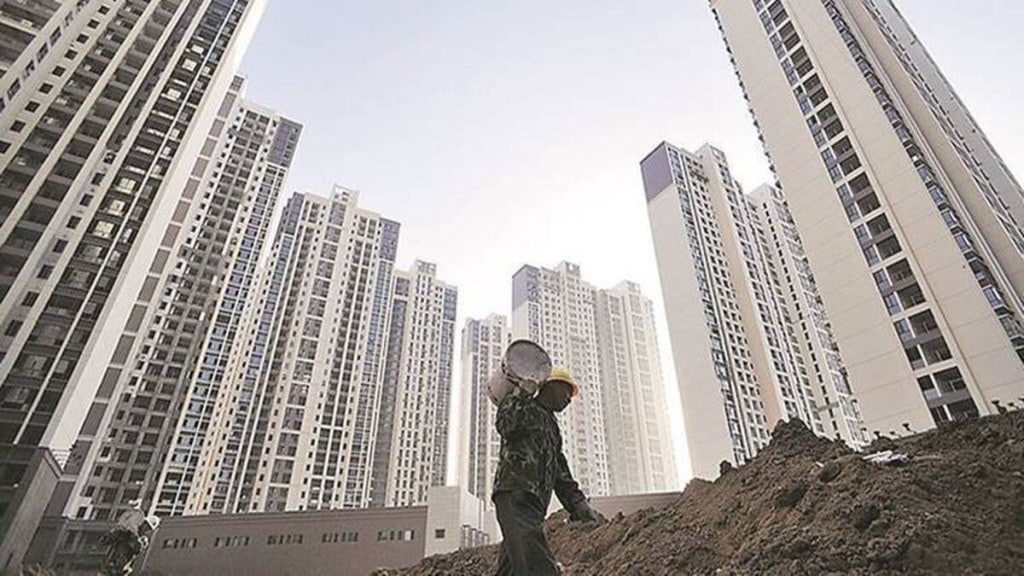– By Ameet Hede
In a pivotal move towards economic transformation, the Indian government has intensified its focus on infrastructure development, allocating an impressive Rs 13.7 lakh crore, equivalent to 4.5 per cent of the GDP, in capital expenditure. This steadfast commitment not only underscores the government’s dedication to building a robust foundation for growth but also positions India on the path to a $5 trillion economy. A significant portion of this investment has been directed towards railways, highlighting a strategic emphasis on intermodal connectivity encompassing roads, rails, ports and airports. The overarching goal is to enhance transportation and logistics efficiency, subsequently reducing costs and bolstering India’s global competitiveness. The complementary relationship between infrastructure investment and real estate development is a well-established concept, where improvements in roads, public transportation and amenities render previously inaccessible areas highly attractive for real estate investment.
Constituting approximately 6-7 per cent of the nation’s total GDP, the advancement of real estate, serves as a robust indicator of economic progress. Positioned as the third-largest employer after agriculture and manufacturing, the real estate sector not only generates substantial tax revenue for the government but also exerts a direct and favourable influence on numerous related industries, including steel, cement, transportation and paint. Additionally, a myriad of professionals such as architects, civil engineers, property brokers, contractors, plumbers, interior decorators and carpenters experience significant benefits from the increased activity in the real estate sector. According to various industry projections, real estate has the potential to evolve into a trillion-dollar industry within the next decade, with its contribution to the GDP anticipated to escalate to as much as 15.5 per cent from the existing level.
Enhanced accessibility not only facilitates the movement of goods and people but also elevates property values in the surrounding areas. The economic growth stimulated by these infrastructure projects creates a ripple effect resulting in the development of vibrant communities. The positive externalities of well-planned infrastructure extend beyond economic benefits and contribute to risk mitigation, community development and long-term sustainability. Crucially, public-private partnerships play a pivotal role in bridging the realms of infrastructure and real estate. The collaboration between the public and private sectors brings together resources for integrated and sustainable projects. This approach not only enhances the efficiency of project execution but also ensures a comprehensive and holistic development strategy. Governments further contribute to this synergy through regulatory support and incentives, creating an environment conducive to long-term investment in both infrastructure and real estate.
India’s ambitious infrastructure investments are not just about building physical structures; they are a strategic imperative for catapulting the nation into a $5 trillion economy. The symbiotic relationship between infrastructure development and real estate is a cornerstone of this transformative journey. As the wheels of progress turn, the interconnectedness of these sectors becomes increasingly evident, showcasing their integral role in the overall growth and vitality of the nation.
(Ameet Hede is the Business Head – Real Estate at Rudrabhishek Enterprises Limited.)
(Disclaimer: Views expressed are personal and do not reflect the official position or policy of Financial Express Online. Reproducing this content without permission is prohibited.)
